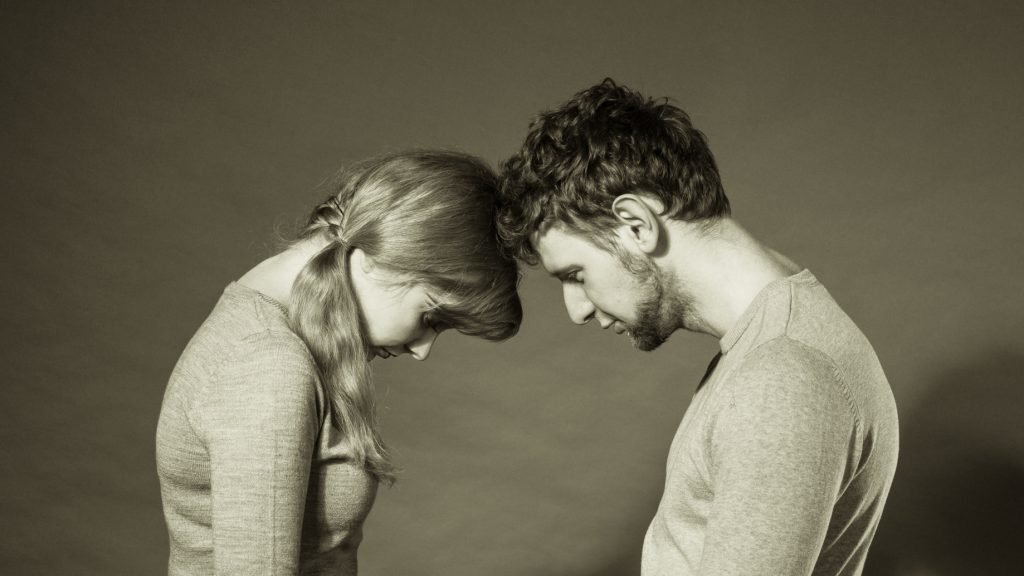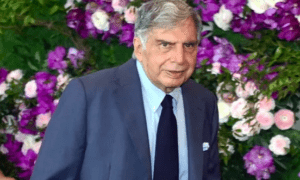What is Dhat Syndrome?
An excessive discharge of semen when the passing of urine is defined in medical and psychological terms as Dhat Syndrome. The word ‘Dhat’ was derived from the Sanskrit word ‘Elixir’. In other words, it is the constituent part of the body. Although it is more prevalent in the Indian sub-continent, it is endemic throughout the world and across countries. The condition is body related and also conceptual to some extent. Medical treatment has not reached a conclusive mode as to the roots of this disorder. This is because there is a certain element of conceptual or perceived notion to this. Dhat syndrome treatment in Ayurveda is one of the ways to curb the ill effects of this disease.

Dhat Syndrome (Dhatu Dosa): What Should You Do?
What are the Symptoms?
The symptoms of Dhat Syndrome are psychological as well as somatic. It is a form of post orgasmic illness Syndrome. This takes the form of stress, lack of sleep, fatigue, forgetfulness, lack of concentration, loss of appetite, listlessness. There will be an overall continual rise in anxiety and bouts of dysphoria. Since the overall disorder oscillates on the mental framework, it is natural that aftereffects are more of inner self-related. However, the concomitant to this debilitating mental state will manifest itself in body-related illness like headaches, stomach pains, indigestion, and vomiting.

Dhat Syndrome (Dhatu Dosa): What Should You Do?
What causes Dhat Syndrome?
The more universally accepted terminology of Dhat Syndrome is Dhatu Dosa or premature ejaculation. The pinpointed usage which can lead to a strong feeling of antipathy is sexual impotence. The feeling of being associated with sexual impotence is an extreme form of mental tribulation for every adult. Dhat syndrome in female needs to be taken into account as they are affected by it through the process of excessive vaginal discharge. This vaginal discharge is called Leucorrhea. But been observed that it is the male human species which is more traumatized by this unnatural loss of semen. The reason for this is quite obvious. This is due to the fact that a satisfactory sexual intercourse is considered to be the inherent responsibility of the male partner.

Dhat Syndrome (Dhatu Dosa): What Should You Do?
Observational statistics show that more of the younger male adults in the age group of twenty to thirty are victims of Dhat Syndrome. Sexual desires slowly arise at this age in the male body. Non-fulfillment of the same on account of notional or actual self-deficiency may lead to severe physical and mental stress.
Dhat Syndrome around the World
The cultural factors are at the root of this syndrome. In the deep-rooted cultural synthesis of India. which is stratified and also patriarchal to a great extent, the semen, since ancient times is considered as the vital constituent of the male body. It is a rejuvenating fluid as well as the reproductive fluid. The main foundation text of Ayurveda for dhat syndrome treatment, “Charakha Samhita” consists of the earliest and well-defined mention of Dhat Syndrome. This ancient text mentions the loss of semen from the urinal passage and also consequent mental emotional drain.

Dhat syndrome treatment in Ayurveda: What Should You Do?
In other ancient and deep-rooted Oriental and cultural societies like China and Sri Lanka, there is mention of this syndrome. Needless to say, the western societies too have grappled with this battle of sexual impotence. It is also advised to get consulted by a sexologist for Dhat Syndrome when you see the first symptoms.
Remedies to Dhat Symptoms
The medical fraternity has not come out with a prescribed medicinal treatment to alleviate the after-effects of premature ejaculation or sexual impotence. This is because the roots of the problem are more mental in nature. Viagra usage you can find to a limited extent as it is a stimulant to stir up sexual activity. Also, the pharmaceutical companies have undertaken phenomenal research and development on the same. But its unrestricted usage has harmful side effect consequences to the human body. Application of counseling and cognitive behavioral therapy is considered the most result oriented form of treatment. Precedence has shown a marked improvement in the condition of Dhat Syndrome victims and Dhat treatment in India.






















